The Struggle for Survival
The Lives of Poor Males in Tharparkar
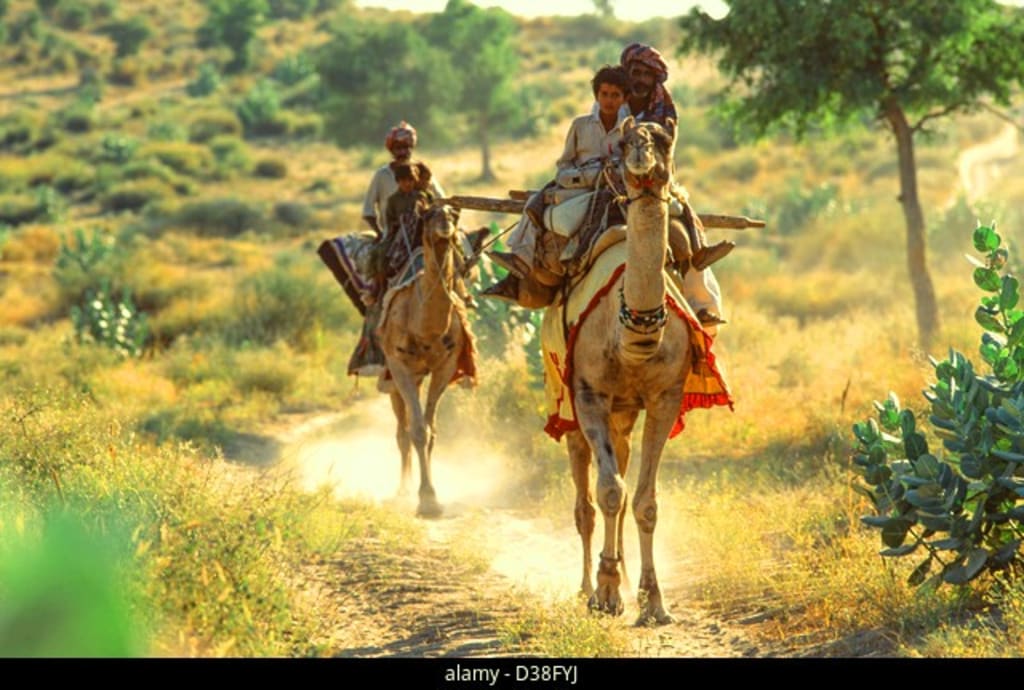
Tharparkar is one of the poorest and most underdeveloped districts of Sindh province in Pakistan. Located in a harsh desert region, the people of Tharparkar face immense hardships due to a lack of basic necessities like food, water and healthcare facilities. Among the most vulnerable groups are the poor males who have to shoulder the responsibility of providing for their families despite having very limited means and opportunities. This article aims to shed light on the difficult lives of poor males in Tharparkar and how they manage to survive against all odds.
Poverty has been endemic in Tharparkar for generations. A majority of the population depends on subsistence agriculture and pastoral activities like herding goats and camels. However, recurring droughts and lack of irrigation facilities have made farming an extremely risky livelihood. The desert-like conditions with scarce rainfall and scorching heat waves make it very difficult to cultivate crops. Most agricultural land is barren and unproductive. This has kept poverty entrenched in the region for decades.
The poor males who come from landless or small landholding families have few options for earning a livelihood. With little to no education and skills, jobs are scarce. The government and private sector provide very limited employment opportunities in Tharparkar. Daily wage labor is one of the main occupations for poor males. They work as construction laborers, help load and unload goods in markets or work on farms during harvesting seasons. However, work is irregular and wages are meager, around 300-400 rupees dsily. It is barely enough to feed a family.
When there is no work available locally, some poor males migrate to nearby cities and towns in search of jobs. Karachi, Hyderabad and Mirpurkhas are the most common destinations. Construction, driving auto-rickshaws or working in shops are the kinds of low-skilled jobs they manage to find. Living conditions in urban slums are poor but they endure it for the sake of earning a living. Remittances sent back home are crucial for their families' survival. However, migration comes with its own risks like exploitation by landlords or contractors.
For those who cannot migrate, the only option left is to borrow money to meet daily needs. Local money lenders charge exorbitant rates of interest, up to 50-100% annually. Being trapped in cycles of debt is common. Unable to repay, some end up mortgaging or even selling small pieces of land. This further exacerbates poverty and landlessness.
Access to basic amenities like healthcare, education, water and sanitation remains severely lacking in Tharparkar. Government facilities are overburdened and under-resourced. Private options are unaffordable for most poor families. Malnutrition, diseases and maternal/child mortality rates are alarmingly high in the district. When illness strikes, poor males have to somehow arrange money for treatment which pushes them deeper into debt.
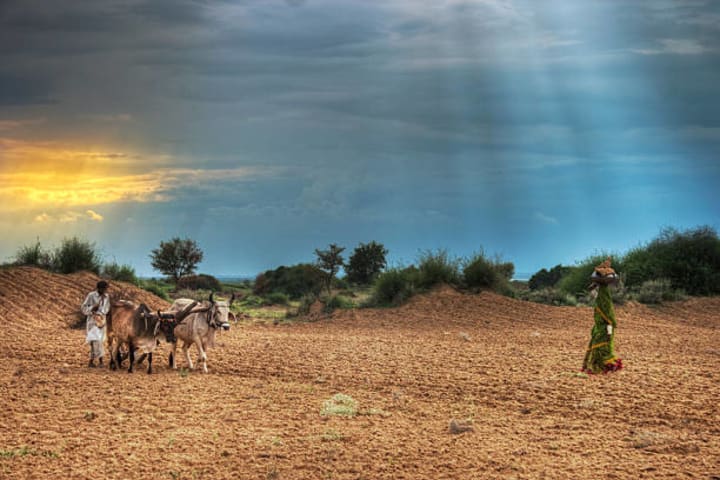
During droughts which occur frequently in Tharparkar, the situation becomes a humanitarian crisis. Lack of rain leads to the drying up of wells and starvation of livestock on which many families depend. Food shortages are widespread and prices shoot up making daily meals unaffordable. Starvation and death follow. The 2018 drought was one of the worst which killed over 150 people, mostly children. The government and philanthropic organizations had to launch massive relief operations.
In such times of crisis, poor males go to extreme lengths to feed their families. Some are forced to sell their meager assets like livestock or land at throwaway prices. Beggary and theft also increase. As a last resort, temporary migration to cities in large groups occurs in search of food and work. Living in makeshift camps, they work as daily wagers but conditions are exploitative. Malnutrition and diseases continue to claim lives despite relief efforts. It takes years for the impacts of drought to fully recede.
The challenges faced by poor males in Tharparkar are exacerbated by a lack of education among this group. Illiteracy rates are highest for men compared to women. Lack of schooling severely restricts opportunities for better jobs. However, poverty is also a major hindrance to education. Children are forced to work or tend livestock from a young age to supplement family incomes. Government schools are present but quality is poor with insufficient facilities, untrained teachers and high dropout rates.
In the face of such immense hardships, the perseverance and resilience of poor males in Tharparkar are remarkable. Despite living a hand-to-mouth existence with little control over their circumstances, they continue striving to fulfill their role as breadwinners. Through sheer determination and will to survive, they somehow manage to find work and put food on the table, even if it is barely enough.
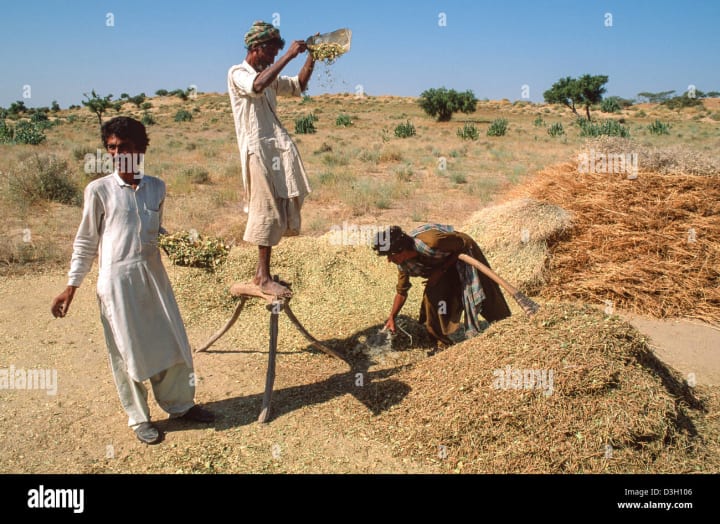
Community and kinship networks provide crucial support systems. Extended families live together in joint households sharing resources. In times of crisis, such as illness or crop failure, other relatives help with money, food or livestock loans. Social safety nets like these have helped prevent total destitution and starvation for many families. Traditional village jirgas also mediate disputes and help the needy.
While poverty and lack of development continue to plague Tharparkar, some positive changes are taking place gradually. Increased awareness about rights and government responsibilities has led to greater accountability. More NGOs are actively working on issues like water conservation, drought relief, healthcare, education and livestock management. The government has also stepped up efforts through various development programs. Renewable energy projects are improving electricity access.
If sustained efforts continue towards developing infrastructure, boosting livelihood options, improving governance and ensuring basic rights, the situation of poor males in Tharparkar can gradually improve. Education especially holds the key to breaking intergenerational cycles of poverty. With determination and community support, the people of Tharparkar have shown they can rise above immense hardship. But to fully overcome centuries of neglect and deprivation, much more needs to be done by both the state and society. Their struggle for survival deserves the attention and assistance of all those in a position to help. Only then can a life of dignity be ensured for the vulnerable populations of this deprived region.
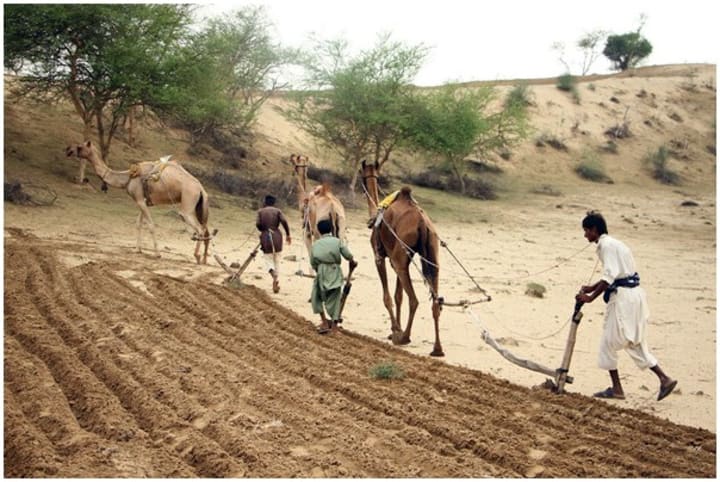
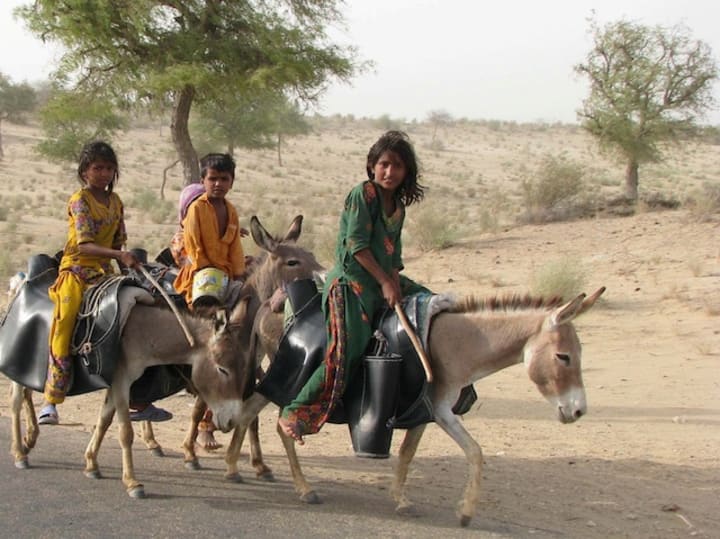
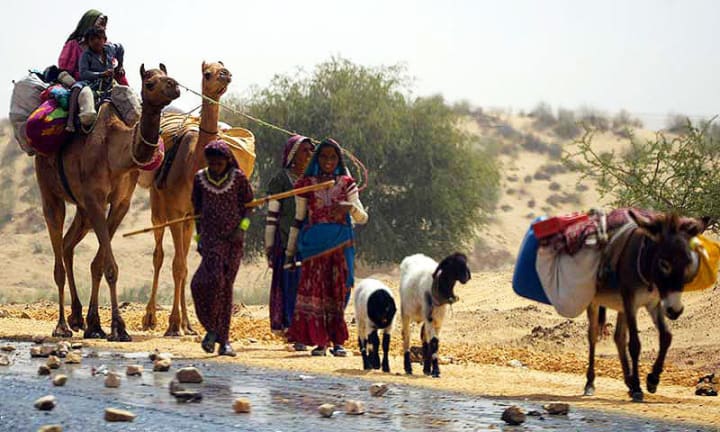
About the Creator
Enjoyed the story? Support the Creator.
Subscribe for free to receive all their stories in your feed.





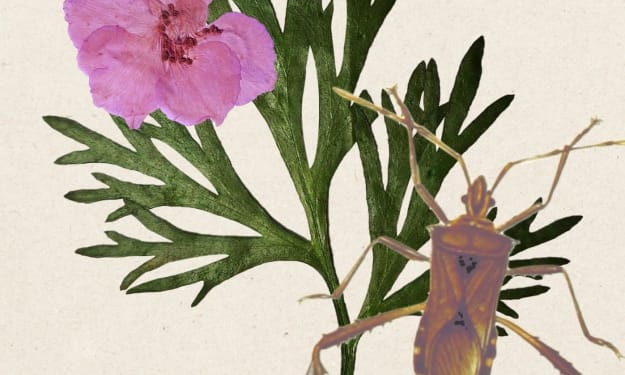
Comments
There are no comments for this story
Be the first to respond and start the conversation.